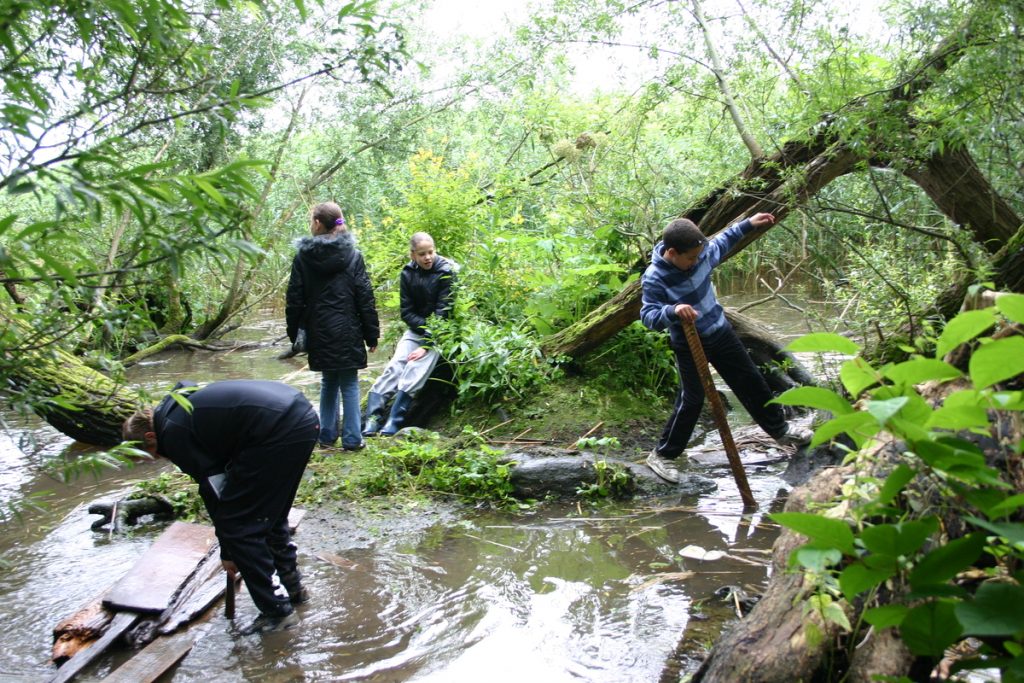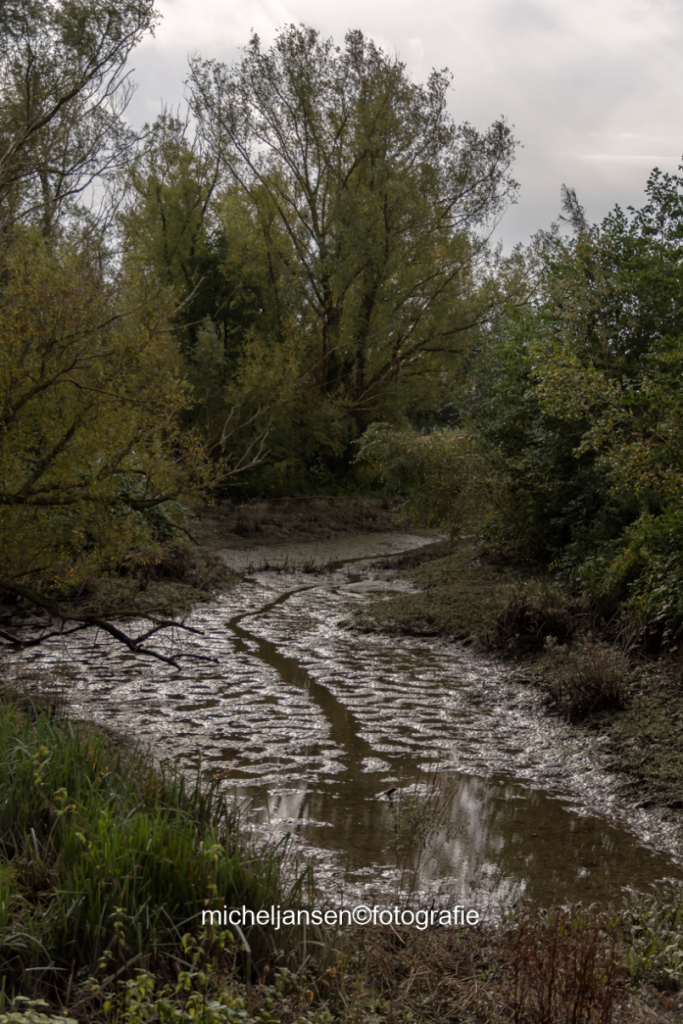
Rotterdam is located at the mouth of the river Meuse with an open connection to the sea. The tidal nature resulting from the fluctuating water levels and the varying salinities characterizes the area. Over the past centuries, much of this nature has disappeared because of hardening of the banks and the construction of dock basins. New tidal parks are laid out at various places along the banks of the Meuse. These tidal banks also play a role in climate adaptation because they can absorb the ever more abundant water that flows from the hinterland to the sea. Under the Van Brienenoord Bridge, one of the main access roads to the city, there is an elongated island that over time has developed into an urban nature area with a protected status. At some places on the island, the bank has been opened up to create a tidal biotope. Earlier, in 2009, on the Southside of the city the Visserijgriend (‘withy-bed fishery’) was transformed in the same way. A withy-bed was traditionally a tidal forest where willow trees were cultivated as building or product material. Now that parts of the banks are removed, a new tidal park evolved over the years comparable to the historical withy-beds. The area is in hopeful anticipation of the beaver, which is gradually spreading from the south of the Netherlands. The beaver has a major impact on the landscape; by cutting down trees and using these as well as branches to build dams, these animals convert their habitat into a swampy area where they can easily hide and catch fish.
-Rotterdam (NL) 2015
-Gemeente (Municipality of) Rotterdam, ARK Natuurontwikkeling, various other parties
more info: website ARK
